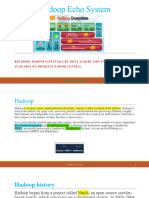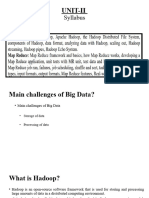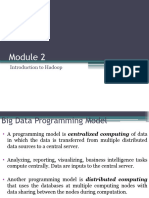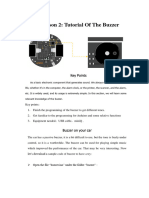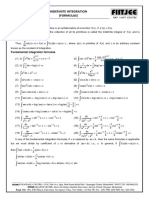0% found this document useful (0 votes)
10 views35 pagesBig Data Unit 2 (Easy Notes) Edushine Classes
The document provides an overview of Hadoop, an open-source framework for storing and processing large datasets using distributed systems. It details the components of Hadoop, including HDFS for storage, YARN for resource management, and MapReduce for data processing, along with their functionalities and features. Additionally, it covers data formats, tools for data analysis, and the MapReduce programming model, including its phases and application development process.
Uploaded by
hokije9151Copyright
© © All Rights Reserved
We take content rights seriously. If you suspect this is your content, claim it here.
Available Formats
Download as PDF, TXT or read online on Scribd
0% found this document useful (0 votes)
10 views35 pagesBig Data Unit 2 (Easy Notes) Edushine Classes
The document provides an overview of Hadoop, an open-source framework for storing and processing large datasets using distributed systems. It details the components of Hadoop, including HDFS for storage, YARN for resource management, and MapReduce for data processing, along with their functionalities and features. Additionally, it covers data formats, tools for data analysis, and the MapReduce programming model, including its phases and application development process.
Uploaded by
hokije9151Copyright
© © All Rights Reserved
We take content rights seriously. If you suspect this is your content, claim it here.
Available Formats
Download as PDF, TXT or read online on Scribd
/ 35













